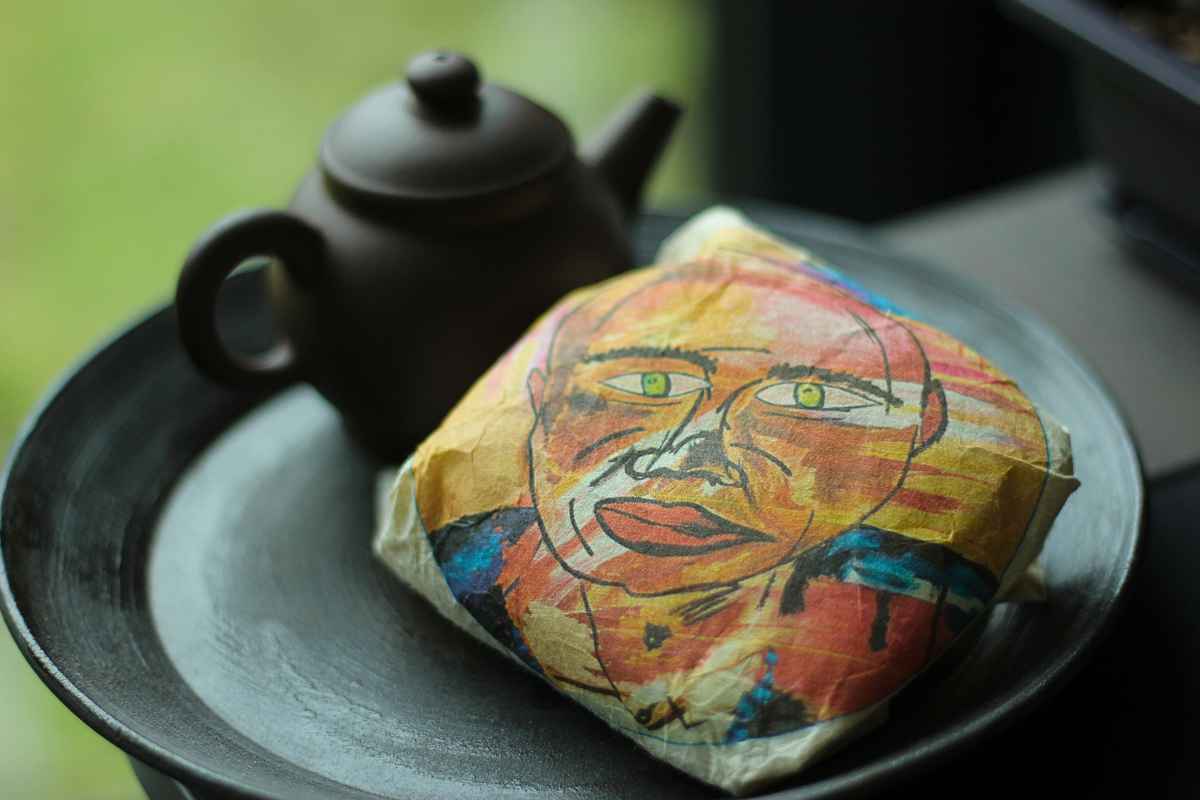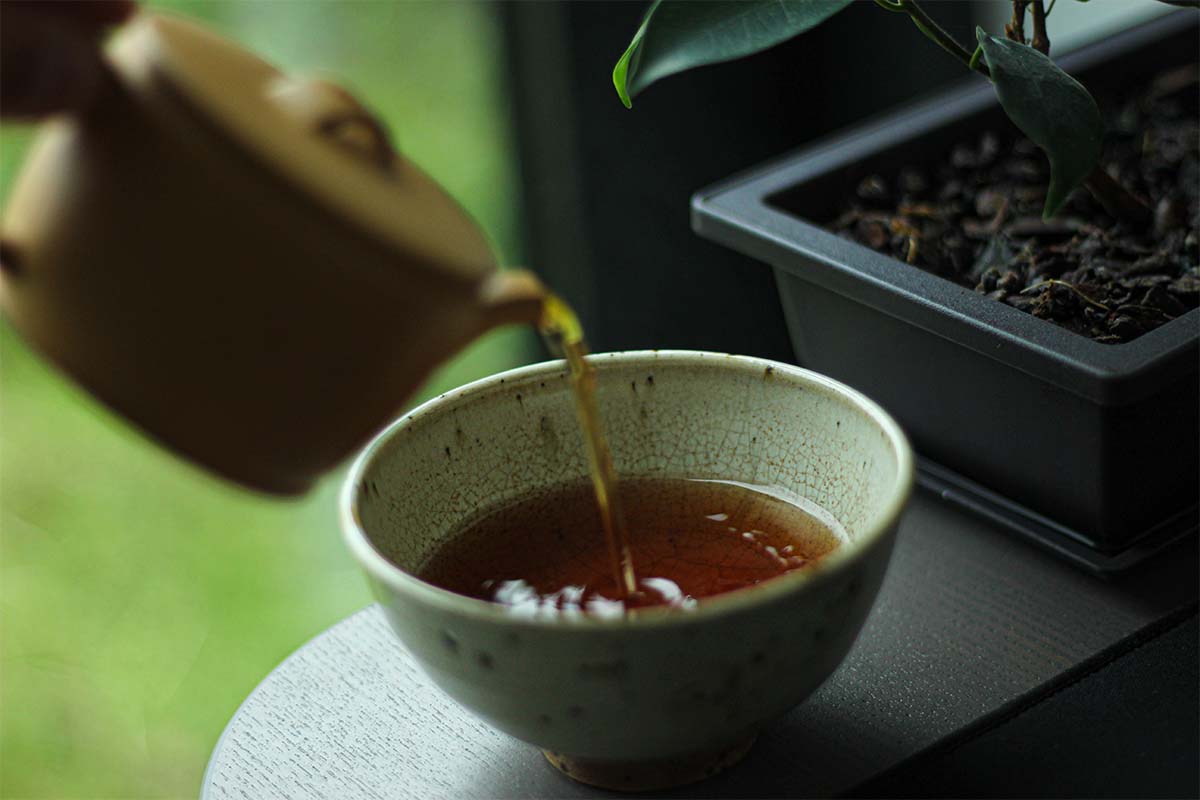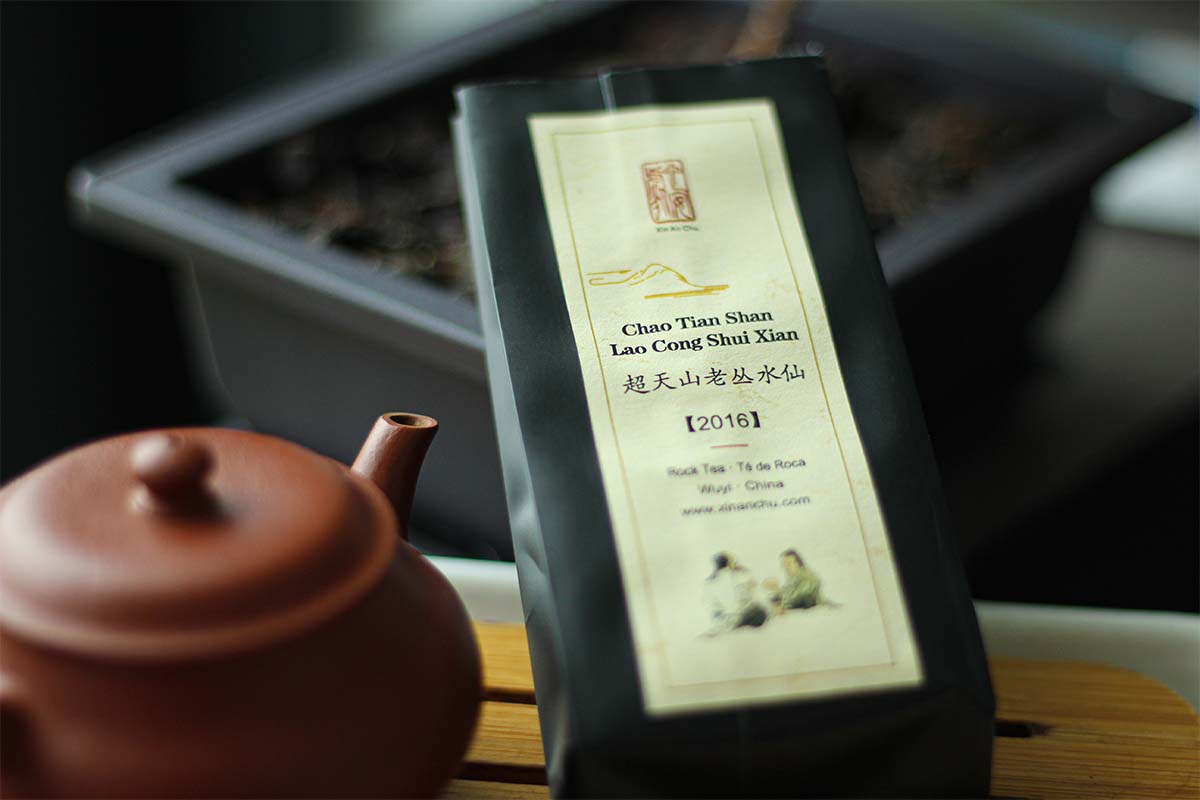If you drink tea on a regular basis, you might have heard of Yixing teapots. Another type of clay that is frequently used to brew tea is Jianshui clay. There are some similarities between these clays, but they are quite different from one another. This article lists and discusses the differences between Yixing teapots and Jianshui teapots.
The difference between Jianshui and Yixing teapots is the cay that is used to make them. Jianshui clay is a blend of five different ores from in and around Jianshui in Yunnan province and has to be thrown on a wheel. The clay is less porous and the walls of Jianshui teapots are thicker than in Yixing teapots.
Clay teapots
Clay teapots are popular to brew tea for a number of reasons. One of those reasons is their ability to improve the overall experience by adding more flavor and depth to the tea.
Yixing (or zisha) teapots have been used to brew tea for centuries and are seen as an essential tool of Gong Fu Cha. It’s the most famous type of teapot but it’s not the only one.
In addition to zisha clay and the various subcategories, there are some other types of clay that are frequently used to make teapots and brew tea. There is also Nixing clay, Jianshui clay and Chaozhou clay.
These are not the only types of clay that are used to brew tea, but these are the most popular ones.
Yixing teapots
Yixing teapots are clay teapots from a town called Yixing in China’s Jiangsu province. Another name for these teapots is zisha teapots because they are made from zisha clay. In English, we used the term ‘purple clay’ to talk about this type of clay.
Zisha teapots have been associated with tea for centuries because of their special tea brewing properties. The clay from which the teapots are made is porous, which means that over time, the clay absorbs tea oils and this affects subsequent brews.
It’s recommended to have a specific zisha teapot for each type of tea because of the way the teapot affects the tea you’re brewing.
What is Yixing clay
In general, there are three main types of Yixing clay: zini, hongni, and duanni clay. These names are umbrella terms for various clays, but they all share some characteristics within one type.



The types of Yixing clay are all examples of purple clay. Zisha means purple clay in English and is used as a general name to talk about all types of clay from Yixing, but it’s also a specific type of Yixing clay called zini.
Where does Yixing clay come from
Originally, all Yixing clay came from Yellow Dragon mountain and Blue-green Dragon mountain. However, these mines were closed due to excessive mining. The government wanted to protect and preserve the ore that is still there by closing and limiting the amount of clay that is mined.
Nowadays, there are other locations where they mine Yixing clay to process into teapots. In some cases, aged clay is used to make teapots as well. This means that the clay was mined 10, 20, or even 40 years ago and that it has been stored in a warehouse since then.
The older the clay is, the more expensive it gets because there isn’t that much available anymore.
Brewing tea in Yixing teaware
Zisha teapots have been used to brew tea for centuries because the minerals in the clay affect the brew and the clay has good heat retention properties. There is a reason that people have used these teapots for centuries.
However, it’s important to find the right tea to pair with your teapot. Each teapot is different and each tea requires different brewing parameters. That is why it’s important to listen and observe the tea you’re brewing to see how it likes to be brewed.
In general, shu puerh works well with duanni teapots because duanni has good heat retention and it absorbs some of the harsher flavors.
Hongni (or red clay) has characteristics similar to porcelain so it’s less porous than zini and duanni clay. That is why hongni teapots work well with yancha, young sheng, and other teas that have some high notes.
Zini teapots are good all-rounds teapots so it’s best to experiment to see what you like the most. Dry stored sheng puerh works well in a zini teapot, but yancha or oolong tea might also be a good idea.
Jianshui teapots
Jianshui teapots are a fairly modern phenomenon and don’t have the same long history and tradition as Yixing teapots. Jianshui clay comes from a small county in Yunnan province.
The clay has been used to make kitchenware and vases for quite a while, but it’s only since the 2000s that people really started brewing tea in it.
What is Jianshui clay
Jianshui clay is a type of clay known for its high iron content from Yunnan province. It is less sandy and a finished teapot is less porous than zisha clay.
The clay is stronger and not as sticky as Yixing clay and is thrown on a potter’s wheel. This is one of the reasons there are (almost) no square Jianshui teapots available.
Another limitation of the clay is that you can’t have thin walls like zisha teapots. The walls of the teapots will be thicker because of the clay and the fact that it is thrown on a potter’s wheel.
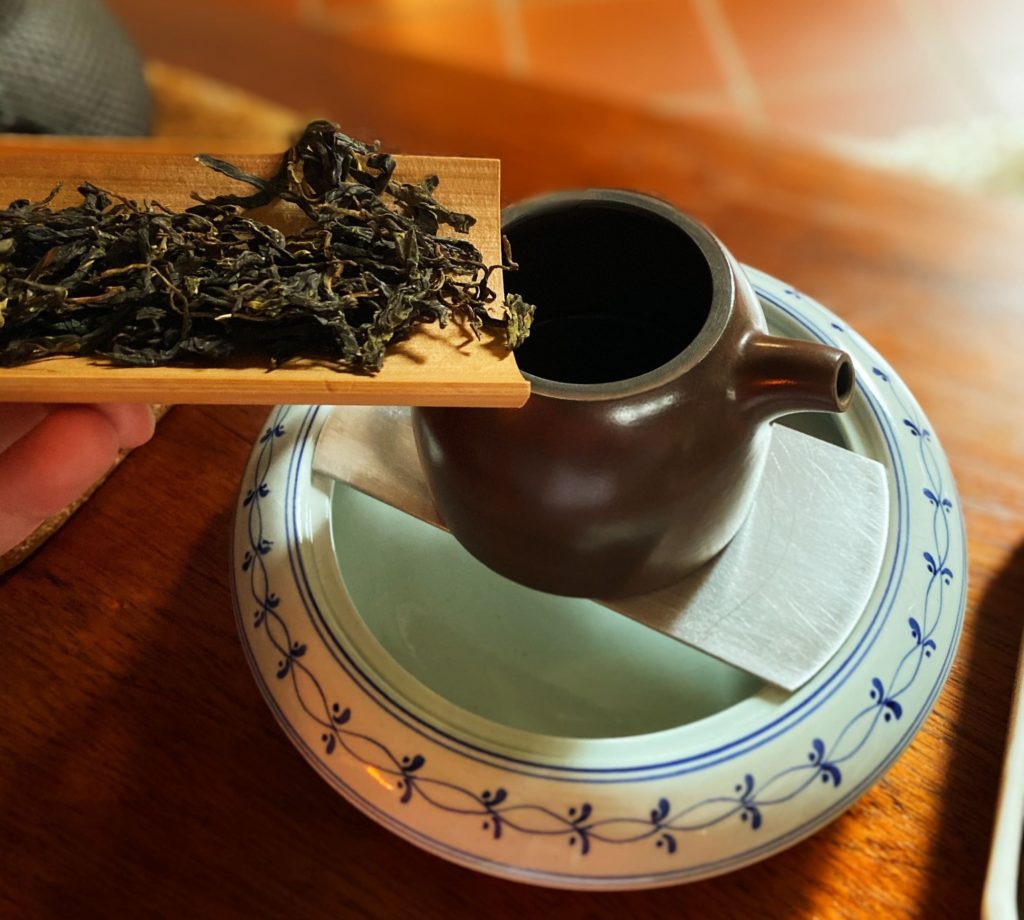
Jianshui clay is also fired at a different temperature. There is a wide variety of zisha clays so that implies that all these clays can be fired at different temperatures. There is a lot less variety within the Jianshui category so that means there is a smaller range of firing temperatures.
Where does Jianshui clay come from
Jianshui clay is a collection/blend of five different ores from the hills around Jianshui County in Yunnan province. Jianshui County is located in the Honghe prefecture and is really close to the Vietnam border.
This area hasn’t been famous for that long compared to Yixing so there are more clay reserves left. Yixing is seen as the teapot capital of the world, but this is not the case for Jianshui.
Most clay reserves in and around Yixing are (almost) depleted and are once they’re gone, they’re gone forever. Jianshui teapots aren’t as popular as Yixing teapots so fewer Jianshui teapots are produced.
This in combination with the fairly short history between Jianshui teaware and Gong Fu tea means that Jianshui clay isn’t as scarce. The mines in and around Jianshui are far from exhausted.
Brewing tea in Jianshui clay
Jianshui teapots have thicker walls and are not as porous as Yixing teapots so they are suitable for teas that like to be brewed hot. It’s less muting so the ideal tea to brew in it would be a fragrant tea that doesn’t need any muting and likes hot temperatures. Most teas work well, except green tea.
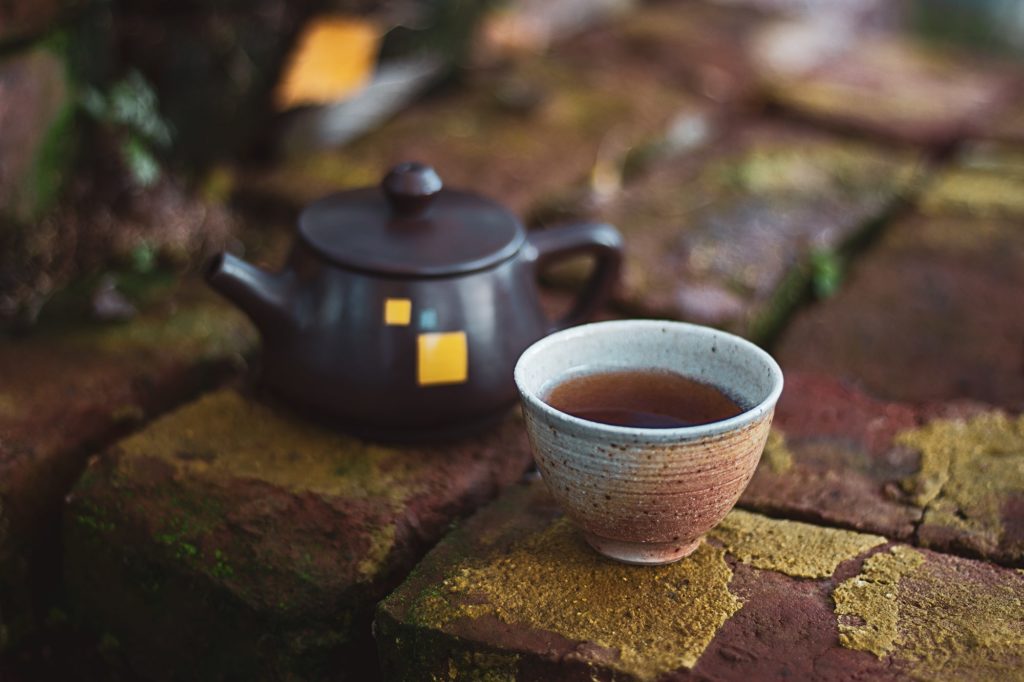

Keep in mind that this is a general guideline and that experimentation is important to see what you like and which tea works best with a particular teapot.
Difference between Jianshui and Yixing teapots
Jianshui and Yixing teapots are both clay teapots, but there are some major differences between them. Yixing teapots have bigger pores, which means that there is more absorption. The smaller pores in Jianshui teapots don’t absorb as much of the tea.
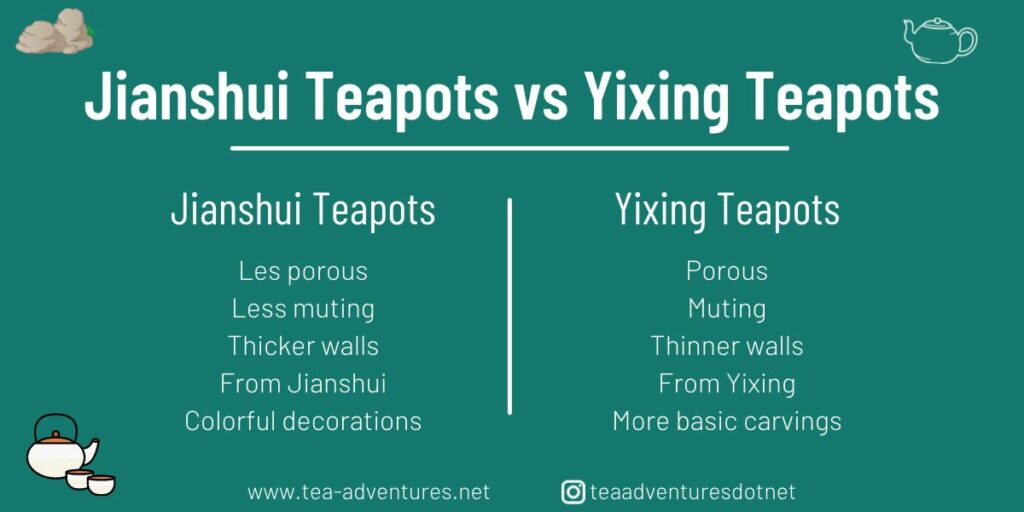
Jianshui teapots are also known for the various decorations on the sides of the teapot. One doesn’t find the same colorful decorations on zisha teapots.


